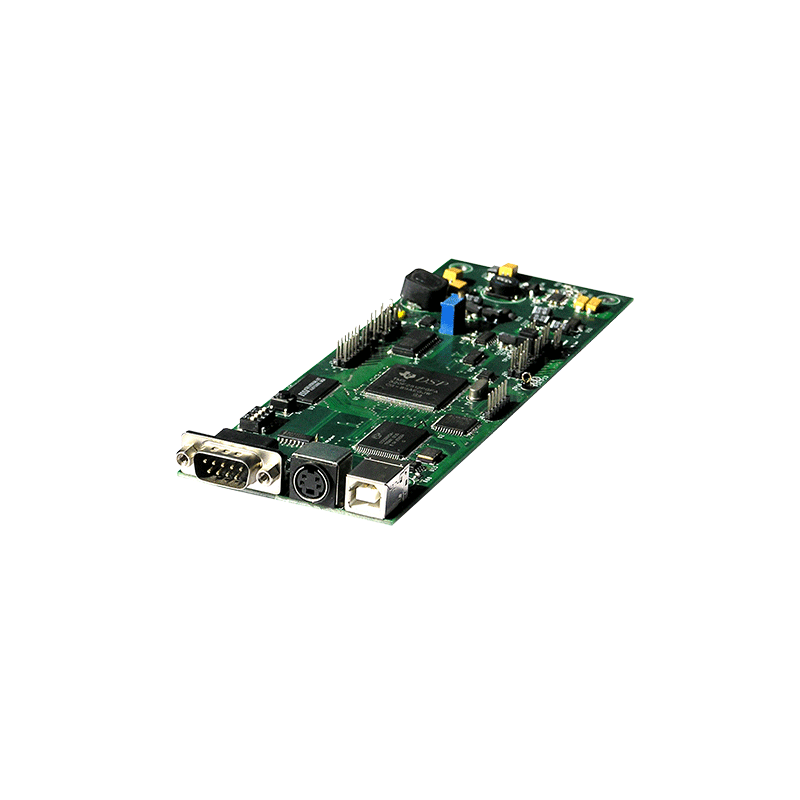Multi-Zone Independent Control of High-Voltage Power Supplies for Electrostatic Chucks: Technology and Applications
As semiconductor manufacturing advances toward higher precision and larger wafer sizes, electrostatic chucks (ESCs)—critical for wafer clamping and thermal management—directly impact the yield of processes such as etching and thin-film deposition. Multi-zone independent control of high-voltage power supplies has emerged as a key innovation to overcome the limitations of traditional ESCs.
I. Technical Principles of Multi-Zone Control
The working principle of ESCs relies on a parallel-plate capacitor model: a metal electrode layer covered with a dielectric insulator generates an electrostatic force (Coulombic or Johnson-Rahbek force) under a high-voltage field to clamp the wafer. Conventional single-zone designs often suffer from uneven field distribution between the wafer edge and center, leading to warpage or thermal inefficiency.
Multi-zone control addresses this through:
• Electrode Matrix Design: The electrode layer is divided into independently controllable subunits (e.g., rings or grids), each connected to a dedicated high-voltage power channel.
• Dynamic Field Adjustment: Each power supply dynamically adjusts voltage (±2500V range) and polarity in milliseconds based on real-time wafer deformation and temperature data, enabling localized clamping force correction.
• Thermal-Electrical Integration: Advanced designs embed heating layers within electrode arrays, allowing simultaneous thermal and electrical control to suppress thermal stress.
II. Core Implementation Elements
1. High-Precision Power Supply
• Rapid Response: Voltage output must stabilize within 10ms, with polarity switching in <1s to match transient plasma process demands.
• Low Noise & High Stability: Output ripple <0.1% prevents circuit interference; long-term stability (<0.2%/8 hours) ensures process consistency.
• Multi-Channel Isolation: Dual reversible outputs (e.g., ±2500V) support simultaneous positive/negative voltages for bipolar ESC configurations.
2. Intelligent Control Algorithms
• Gradual Voltage Ramp: Stepwise voltage increments (e.g., 0.1s/step) prevent overshooting, avoiding wafer displacement or arcing.
• Closed-Loop Feedback: Current sensors monitor leakage (±2% accuracy) to adjust output in real time, preventing dielectric breakdown.
III. Challenges and Innovations
1. Electrothermal Coupling Optimization
Multi-zone control must balance electric fields and heat dissipation. For example, while enhancing edge fields to compensate for warpage, helium backside cooling (typically 20Torr) and heating power require simultaneous adjustment to prevent local overheating.
2. High-Frequency Compatibility
In etching processes, low-frequency RF bias (400kHz–2MHz) must coexist with high-voltage DC. Multi-zone supplies must suppress RF interference to maintain clamping stability.
3. Material and Structural Advances
• High-K Dielectrics: Al₂O₃or AlN-doped ceramics (dielectric constant >9) reduce driving voltage (500–800V for JR-type) while increasing breakdown strength (>20kV/mm).
• Microstructured Surfaces: Surface protrusions enhance local field strength, improving force uniformity and reducing particle contamination.
IV. Application Value and Future Prospects
Multi-zone control transforms ESCs from clamping tools into intelligent wafer stabilization platforms:
• Yield Enhancement: Eliminates edge warpage in 300mm wafers, improving etch line-width uniformity by >30%.
• Process Window Expansion: Enables low-damage clamping of advanced materials (e.g., SiC, GaN) for next-generation semiconductors.
• Energy Efficiency: Zone-targeted power reduces wasted energy by 15–20% compared to full-area control.
Future integration of multi-axis sensors and AI-driven predictive algorithms will further advance adaptive control and predictive maintenance, positioning multi-zone high-voltage power supplies as a cornerstone of intelligent semiconductor manufacturing.




















